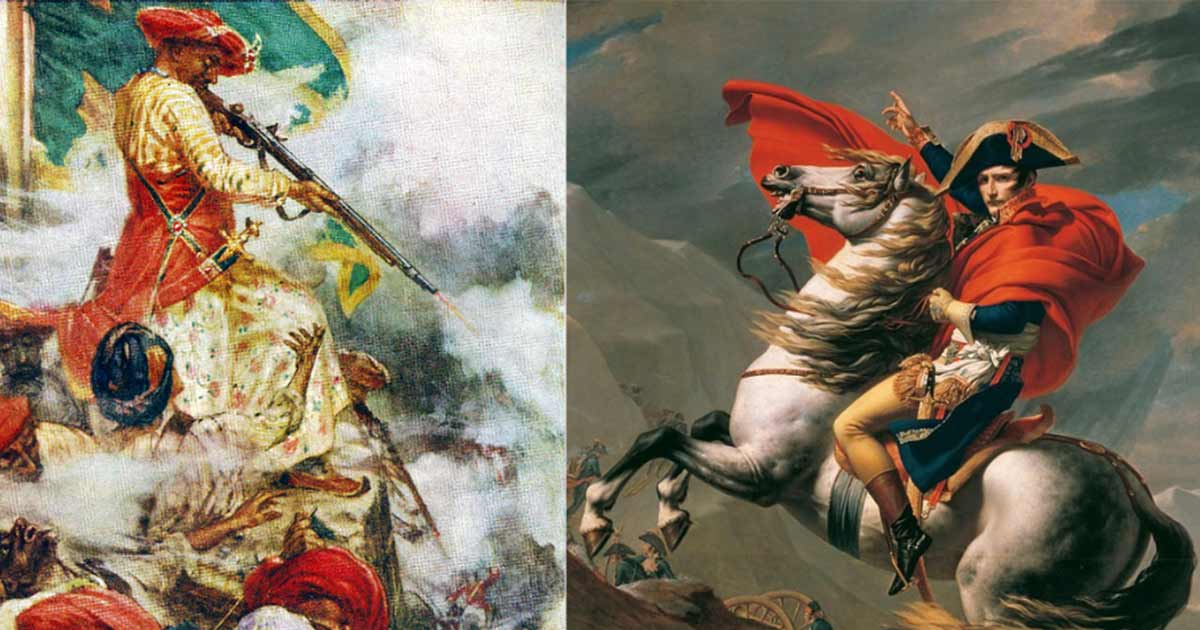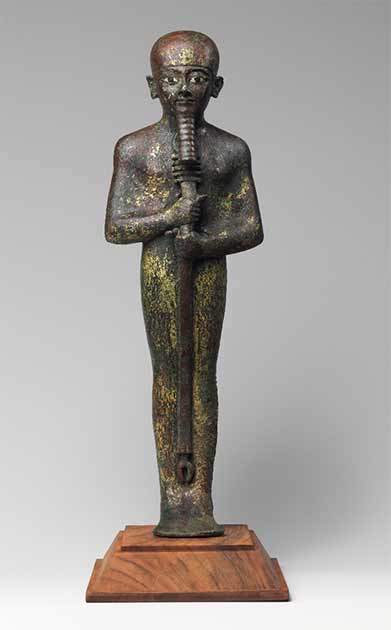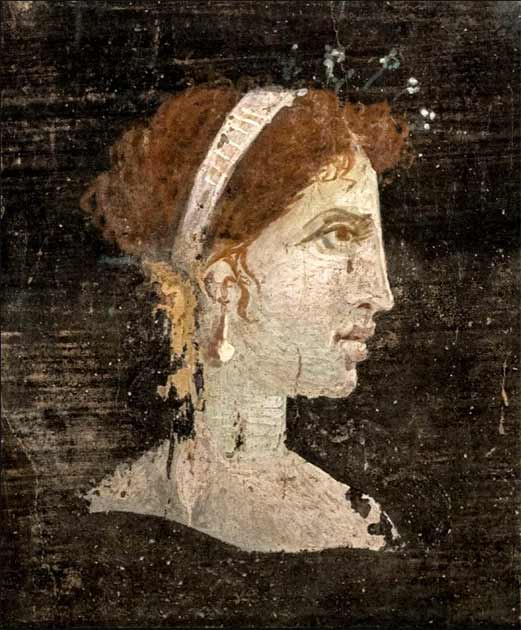
Ingress Into Egypt: Napoleon, Tipu Sultan And Their Battles To End The ‘Iron Yoke’ Of England
Once celebrated as ‘the temple of the whole world’, Egypt was the repository of infinite knowledge in myriad disciplines that marked the apogee of humankind’s accomplishments over millennia. Like a beacon, the northern African nation disseminated the fundamentals of literature, art, architecture, science, medicine, religion, and kingship far and wide.
Mother Egypt lovingly embraced all those who sojourned to her glistening shores, braving the dangerous oceans and unsparing deserts. Endless was the list of commoners and kings forever entranced by the country’s infinite allure; each one transformed by his or her unrivalled experience in this crucible of myth, magic, and mysticism.

Homer and His Guide by William-Adolphe Bouguereau (1874) Milwaukee Art Museum. (Public Domain)
Vignettes of a Timeless Land
While early travelers and scholars perceived the vast country as a fount of immaculate knowledge, Egypt was also renowned as a treasure chest of unimaginable riches; as the Greek poet Homer noted in Book 9 of The Iliad ‘… in Egyptian Thebes the heaps of precious ingots gleam, the hundred-gated Thebes’.
With the mystique of this ancient country flourishing unabated down the ages, the Egyptians themselves knew their homeland as Kemet, meaning ‘the black land’ in reference to the black alluvial soil of the Nile floodplains, in contrast to Djeseret, or ‘the red land’ denoting the forbidding areas of the vast deserts. The Greeks named the country Aegyptos, their vocalization of ‘Het-Ka-Ptah’ (Mansion of the Spirit of Ptah), after the cult center of Ptah at Memphis, Egypt’s first capital and a renowned religious and trade center.

Statue of Ptah. Third Intermediate Period (ca 1070–712 BC) Metropolitan Museum of Art, New York. (Public Domain)
The cynosure of all eyes, Egypt was reduced to a mere Roman province in 30 BC after Octavian, the future Emperor Augustus, defeated his rivals Mark Antony and Pharaoh Cleopatra VII Philopator, deposing her and annexing her Ptolemaic Kingdom to the Roman Empire.





